HyWin history & milestones
2014
Dr. Jan Lipton and Claudio Meisser, the founders of HyWin, started working on their ideas to improve glass facades with special regards to their possibilities in allowing sustainable buildings.
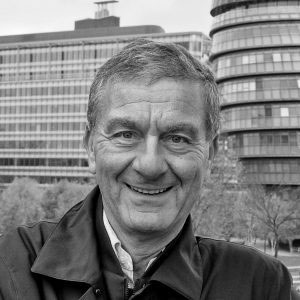
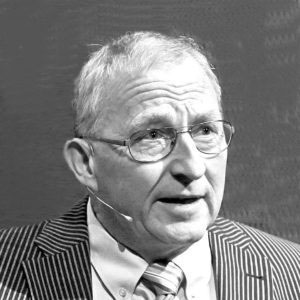
2014
The idea to improve the energy balance of glass facades is born. First PV centered con-cepts are rejected after meeting industry experts and focus is shifted on temperature control in the closed cavity to avoid over-heating and condensation.

2015
Examined various setups. A simulation of the cooling system by Ivan Plüss (HSLU) suggest-ed a set of values to be met. Decided to implement a water-air heat exchanger inside the closed cavity. The closed cavity has a triple glazing outside and single glazing inside, reversal of the existing CCF systems. Sun shield inside the glass cavity.
International patent applications.

2016
First laboratory unit 0.55 x 1m, with heat exchangers in the side walls of the window and halogen lamps simulating the sun radiation. The cooling effect was as expected but the scalability of the concept for larger window was insufficient. The redesigned laboratory unit therefore worked with the heat exchanger installed in the ceiling of the cavity.
HyWin GmbH is founded.
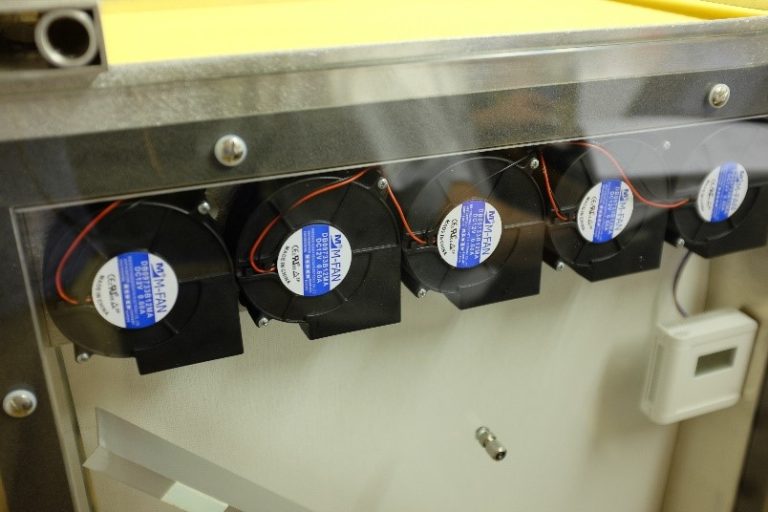

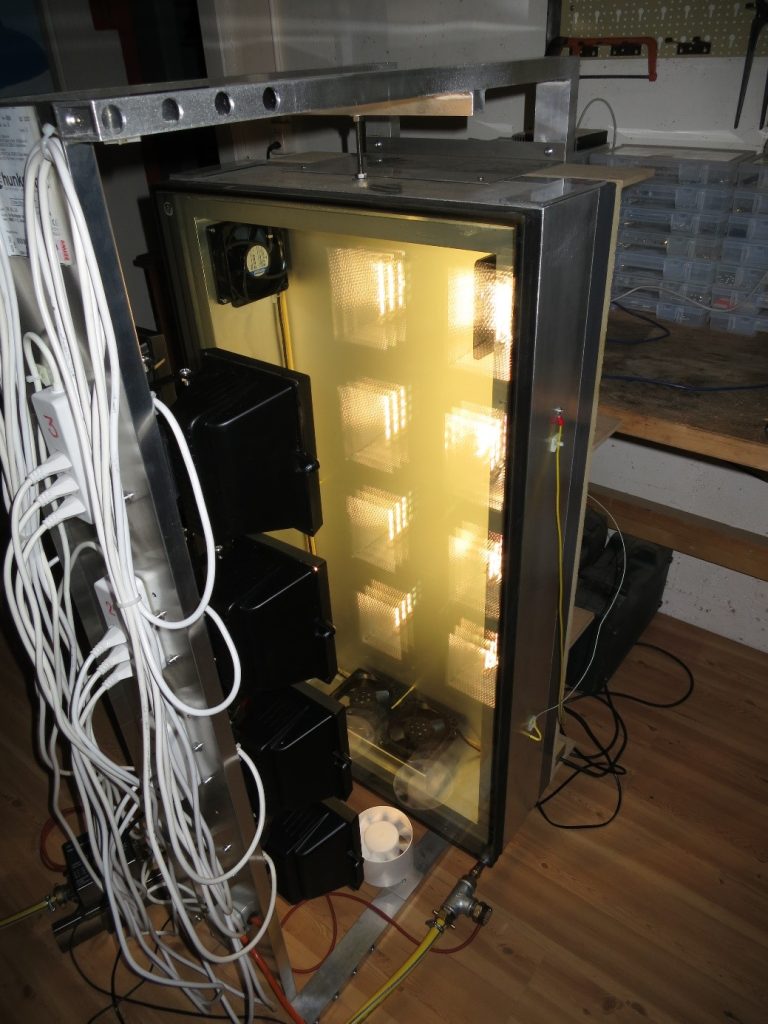
2017
The next design iteration was to move the heat exchanger unit to the bottom of the closed cavity together with the separation of the up and downstream air flow by an additional glass pane for higher efficiency in cold periods The halogen lights were replaced by Halide daylight lamps with sun-like spectrum. Several hundred hours of measurements delivered the quantitative framework for future design.
An independent review of literature solutions by HSLU financed by Innosuisse.
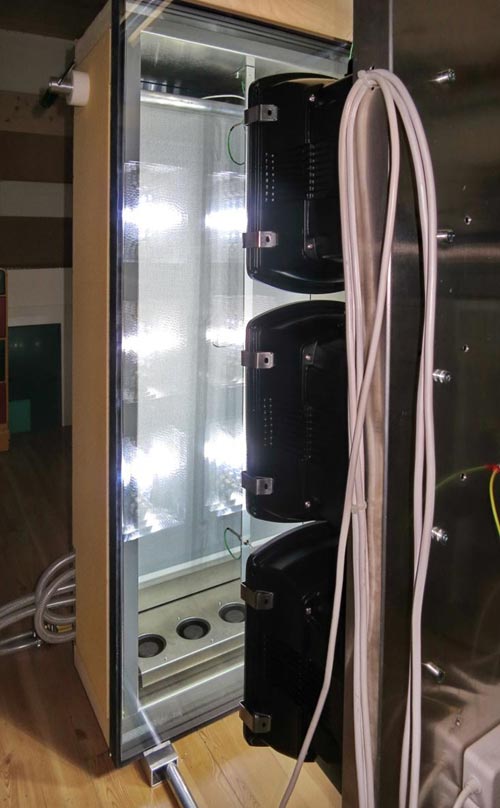
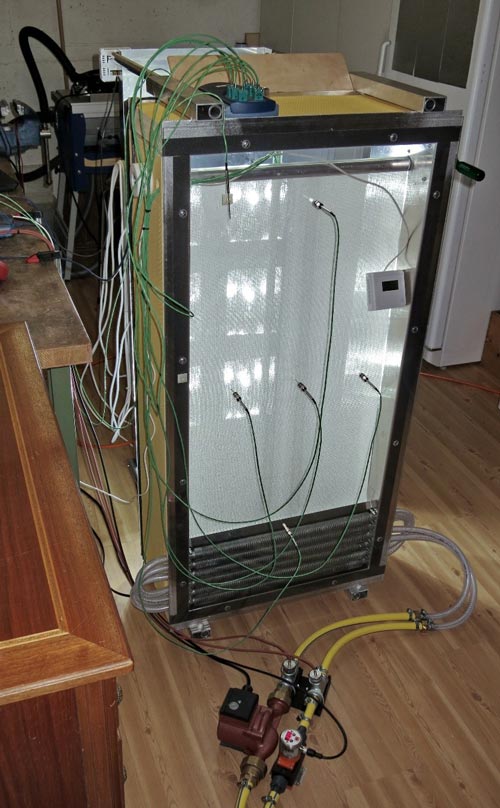
2018
Concept for integration of HyWin in the building’s ground probe system. Several work-shops with technical universities and experts.
Simulation tools for instant and annual energy balance. Integration concepts.
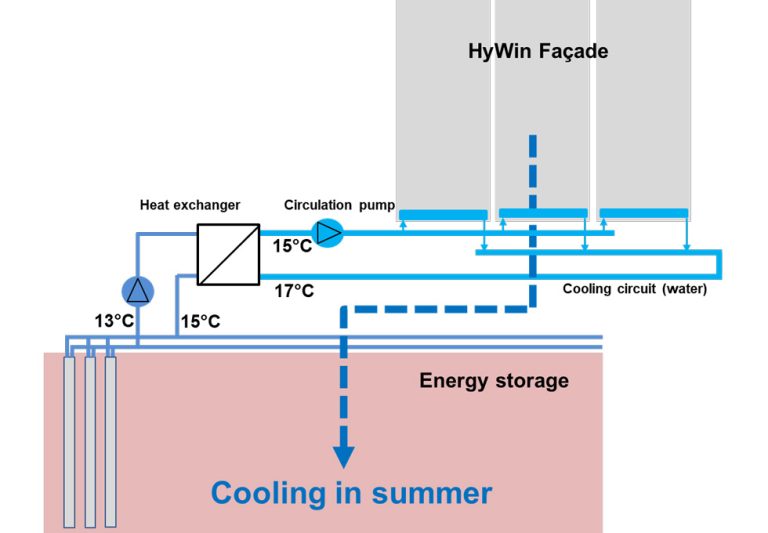
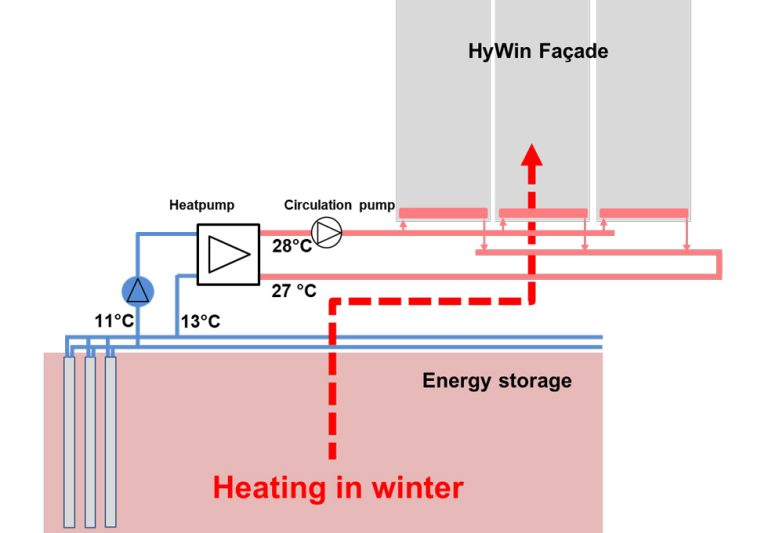

2019
The test unit No. 6 is built and placed outdoors for test it under real condition. Starting planning phase for a larger test unit. Simulation of the suggested test unit by Prof. Geissler FHNW financed by Innosuisse.
HyWin’s Application to the Swiss Climate Foundation for financing of the test unit was granted.
Design of the test unit based on the evaluation of the laboratory experiments.
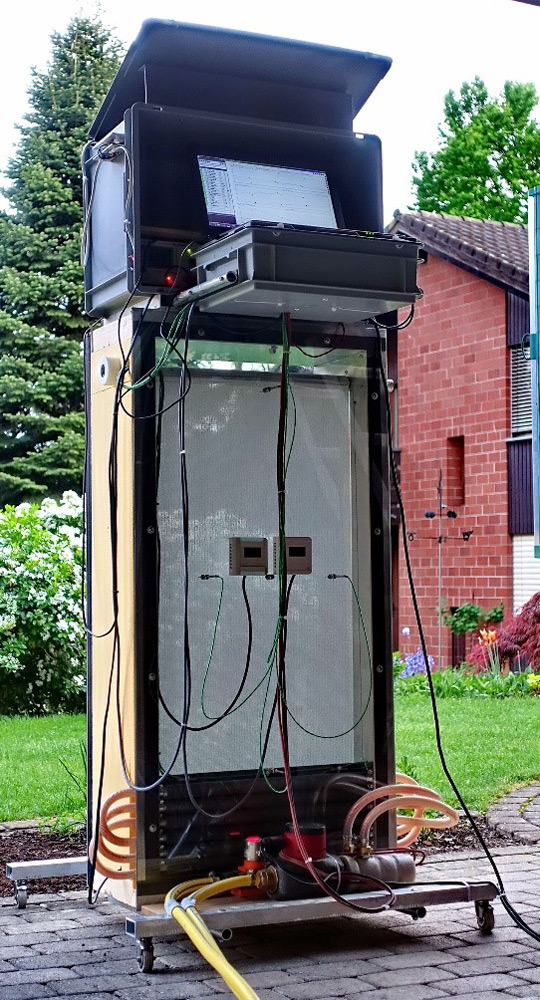
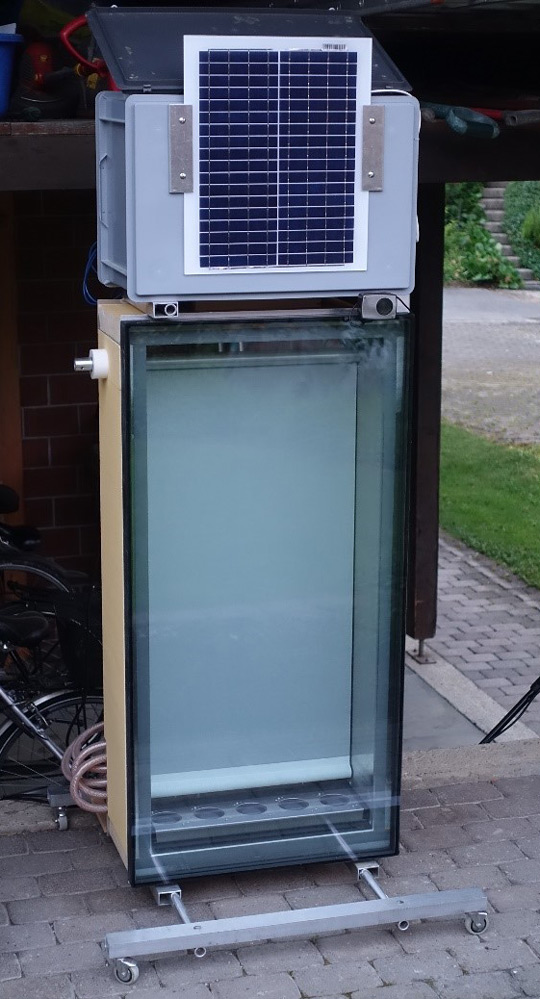
2020
Finalizing the design and ordering all components for the test Unit <Trailer> equipped with a HyWin façade element with realistic 2 x 2.5m. Final setup and commissioning in September. Sophisticated control and metrology systems. The unit is located on a farm with unrestricted south view.
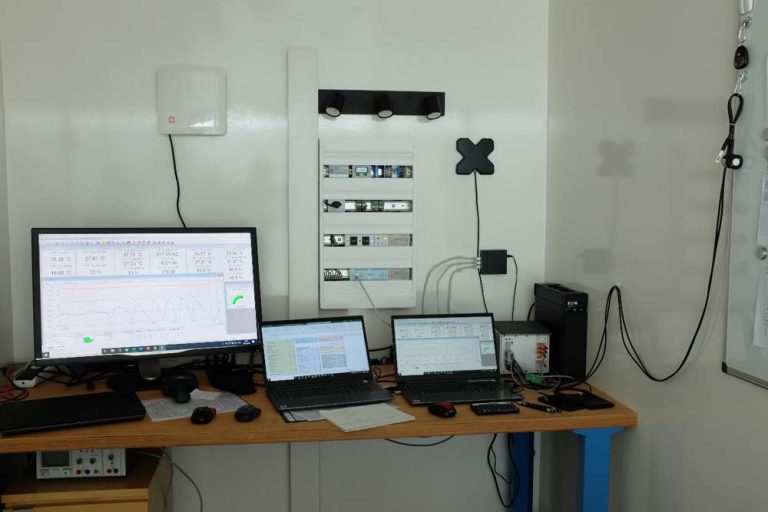
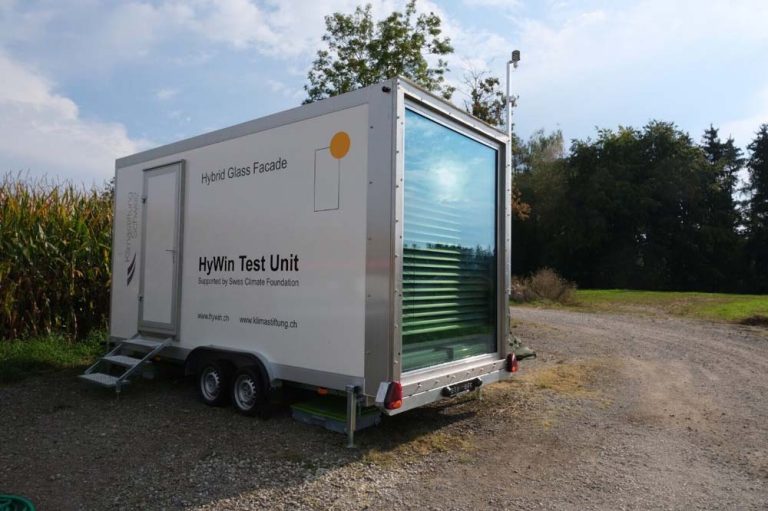
2020
The intensive work on the functional principle of the HyWin façade has also been officially recognized: International patents have been granted.
2023
Alois Müller Group, an owner-managed energy technology specialist from southern Germany with more than fifty years of experience, acquires HyWin GmbH. The Alois Müller Group develops and implements CO2-neutral energy concepts as well as sustainable and highly efficient energy supplies that preserve resources and optimize energy costs for customers from municipalities, industry and business. Alois Müller Group is known for its energy-efficient solutions, which are realized with the use of latest, intelligent technologies.
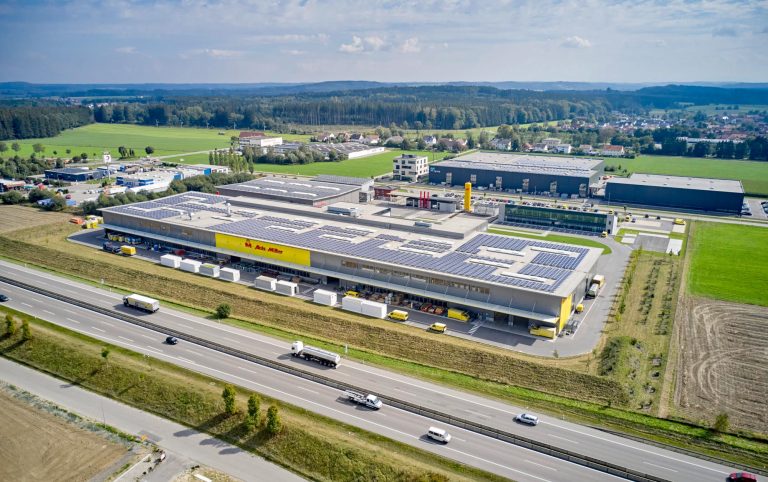
2024
After six months of intensive further development, particularly with regard to the structural design and the integrated technology components, the prototype of a 1.3 x 3.6 m HyWin module was put through its paces on a test stand by LTG AG in Stuttgart. The functional principle of the HyWin facade impressively demonstrated its effectiveness and its efficiency: excellent cooling performance without draughts and without an audible fan.
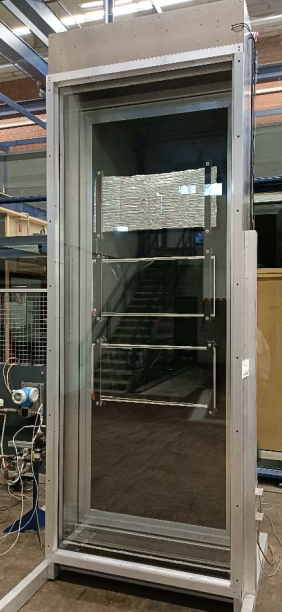
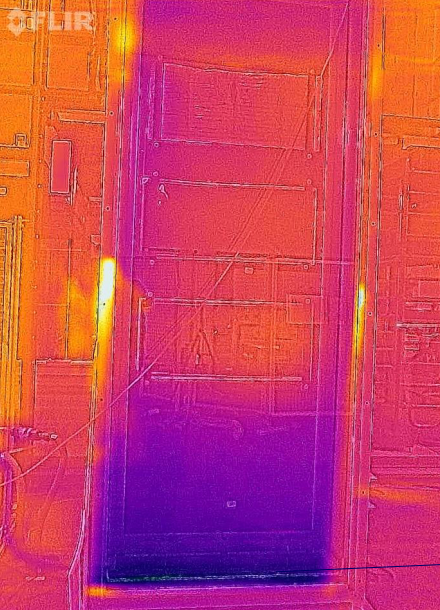
2024
The development of the pilot series of the HyWin façade was completed. A 1.25 x 3.85 m HyWin module was developed which, in addition to the heat exchanger, the tangential fan and the sun shading system, also contains an integrated smart control unit and various sensors. The façade is being used in the reference building “Green Tech Hub” at Memmingen Airport, which will be opened in mid 2025.

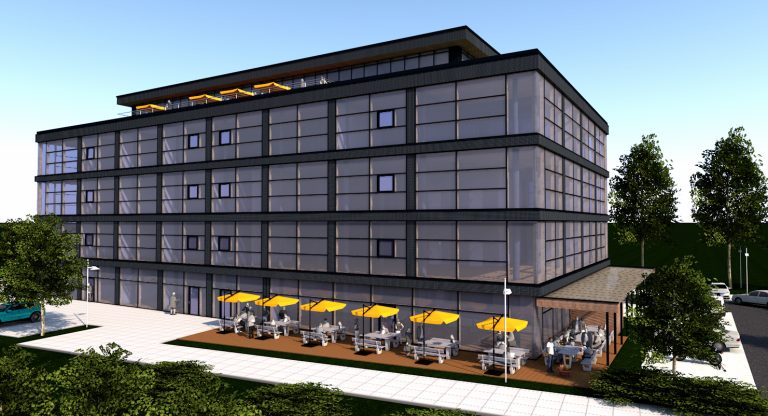
HYWIN IS THE SOLUTION FOR YOUR SUSTAINABLE, RESILIENT AND SMART GLASS FACADE.
© 2024 HyWin GmbH
